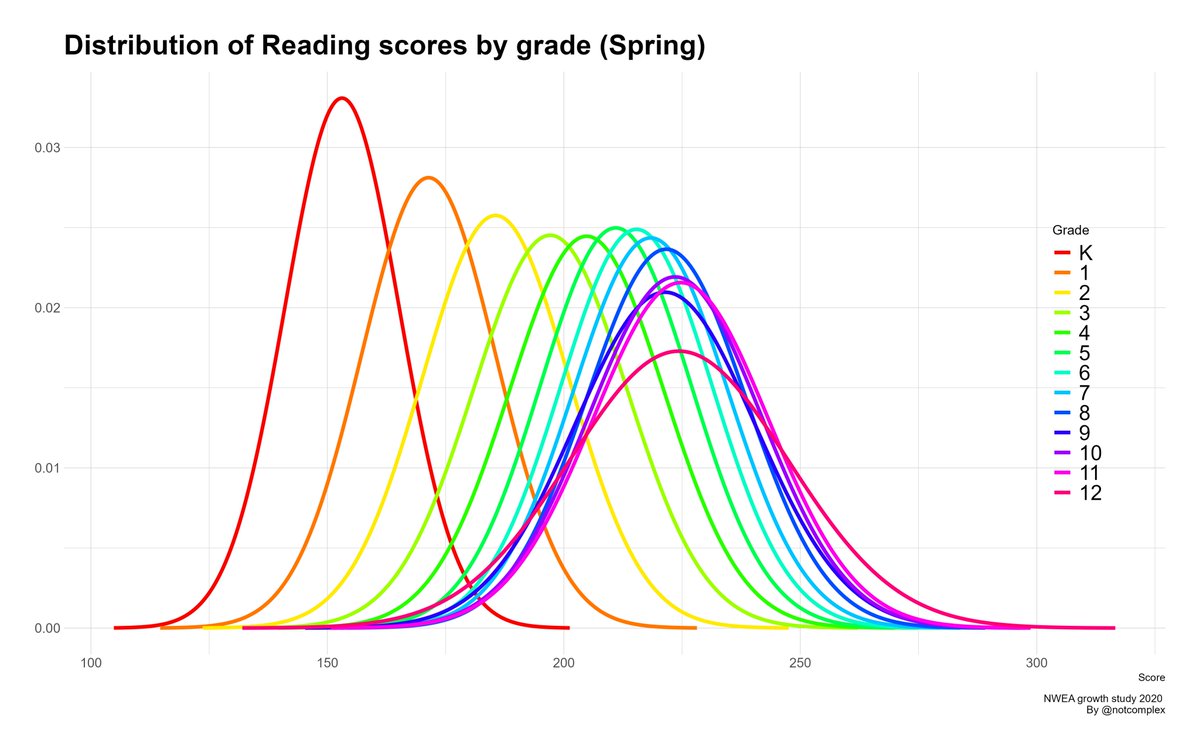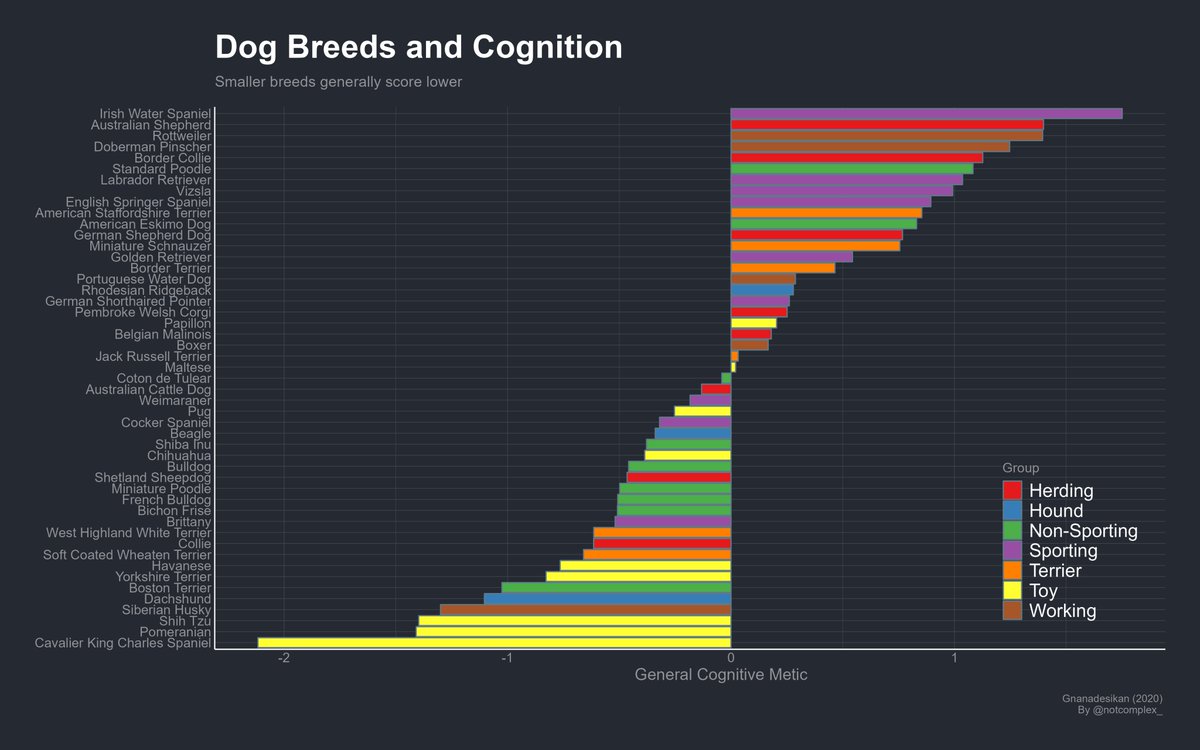Vision is expensive. One bit of information in a photo receptor costs 100x to 1000x more energy than in a synapse.
This adds up to ~4% of the entire body's energy budget.
A Story of Energy, Information, and Evolution (Thread 🧵)
This adds up to ~4% of the entire body's energy budget.
A Story of Energy, Information, and Evolution (Thread 🧵)

This is the base reality: The number of ATP molecules used to power transmission is much greater in photoreceptors and LMCs (A type of photocell in flies) than for a regular synapse.
In doing so each photoreceptor can make use of about 10^6 photons per second!
In doing so each photoreceptor can make use of about 10^6 photons per second!

Perhaps this is one of the reasons why our field of view is so limited, here's a plot of the field of view of the right eye from the perspective of the viewer (Imagine diagramming on a contact lens). 

Our view is not uniform and our cones are only able to sense the full spectrum of light in a small region in the center of our vision. On top of that, even our prereferral vision is selective in where it is able to perceive light.
(our blind spot is the dot at the center)
(our blind spot is the dot at the center)
Our brains help us not to notice but as you can see the region of full color perception is many times less than our total range of perception.
Also, because the colors don't overlap when turning our heads we see blue before we see the other colors!
Also, because the colors don't overlap when turning our heads we see blue before we see the other colors!
This centering may be because on top of these energy costs to sight, receiving more information costs even more energy. To transfer 2000b/s costs more than double moving 1000b/s per bit.
While low-capacity synapses are more efficient they only transfer ~55b/s of information.
While low-capacity synapses are more efficient they only transfer ~55b/s of information.

This can become extreme in the cases of animals with extraordinary proportions. The fly expends even more energy on vision than a human; about 10% of its energy!
Gram per gram this is more than muscle.
Gram per gram this is more than muscle.

Also is the well-known phenomenon of animals who evolved to exist in dark environments quickly losing their sight.
It was often thought that this loss of sight of the animals in this dark environment was due to simple neutral mutation...
It was often thought that this loss of sight of the animals in this dark environment was due to simple neutral mutation...
...the genes responsible for eyesight were never selected for and thus random mutations progressively eroded their eyes.
This was supplanted by an evolutionary component: Selection seems to be at play.
This was supplanted by an evolutionary component: Selection seems to be at play.
Consider the Mexican Cavefish, also known as the Mexican Tetra, a freshwater fish that comes in two variants: with and without eyes. 

There are other adaptions as well: cavefish exhibit different behavior, are more adapted for starvation, and possess a several thousand-fold increase in their sense of smell.
This was recent too. Incredibly the change was recent enough and fast enough that these two groups can interbreed! In more practical terms this means that we have good candidates to directly compare the effects of a novel environment on the genome.
Let's compare two different traits the Melanophore (skin color) and the size of the eyes. Skin color is most likely to be under neutral selection as in the completely dark cave environment no complexion has an advantage.
In doing so we find that the eyes were under selection. This can be shown in three ways.
First, the loss of eyesight happens in all cases; different groups of Tetra have independently lost their eyes in different caves across Mexico. This is not the case for skin color.
First, the loss of eyesight happens in all cases; different groups of Tetra have independently lost their eyes in different caves across Mexico. This is not the case for skin color.
Second this process also happens in the genome. Regions of the genome responsible for the eyes have cross-cave similarities. Also, the number of accumulated mutations was not correlated to the “age” of the cavefish population.
If we compare the distance between parts of the genome that were under selection we find that the genes for eyes are closer than the genes for skin color. (black and white dots respectively) 

This makes sense, eyes require more neural energy (many cells of the eye are just highly specialized neurons), a costly adaption, and are thus under direct selection in the cave environment.
But why is this processing so expensive? This is less well understood, but we can make some comparisons: Humans and Machines.
The human brain can do a lot more with a lot less, orders of magnitude more.
The human brain can do a lot more with a lot less, orders of magnitude more.

Rough estimates put the human brain a couple or so orders of magnitude more efficient in computation generally. 

Computers use increasingly more energy because improving energy efficiency in complex systems is difficult, for example, as technology advances energy efficiency may not.
Here's the increase in Data transmission of RAM and the corresponding rise in power consumption:
Here's the increase in Data transmission of RAM and the corresponding rise in power consumption:

However, this is only for computation. The gap between hardware capabilities and vision is even greater than that between human computation and vision.
Consider the computer for Tesla FSD. Rough estimates put the energy per bit for their computation at 10^-14 Joules/b, roughly the same as human perception.
In other words, vision is about as costly as the gap between human and machine efficiency!
In other words, vision is about as costly as the gap between human and machine efficiency!

Why is computation—especially vision—so expensive? In absolute terms, if we compare the current efficiencies to their thermodynamic, physical minimums we get quite the result: these processes, even in humans, use 10,000x to 100,000,000x their entropic minimums.
The pattern might be complexity. Vision is more expensive for both humans and machines because it is complex. If we compare different types of sensory cells the cost per bit rises, and controlling the efficiency of larger processors is harder than for simple logic gates.
To whatever extent this may be, perhaps me can wield it for ourselves; there really is a lot of theoretical thermodynamic opportunity left. Maybe one day both vision and computation will be much cheaper!
Sources:
linkinghub.elsevier.com/retrieve/pii/B…
academic.oup.com/jhered/article…
royalsocietypublishing.org/doi/10.1098/rs…
nature.com/articles/nn059…
evodevojournal.biomedcentral.com/articles/10.11…
doi.org/10.1007/978-3-…
doi.org/10.5772/57346
linkinghub.elsevier.com/retrieve/pii/B…
academic.oup.com/jhered/article…
royalsocietypublishing.org/doi/10.1098/rs…
nature.com/articles/nn059…
evodevojournal.biomedcentral.com/articles/10.11…
doi.org/10.1007/978-3-…
doi.org/10.5772/57346
• • •
Missing some Tweet in this thread? You can try to
force a refresh













